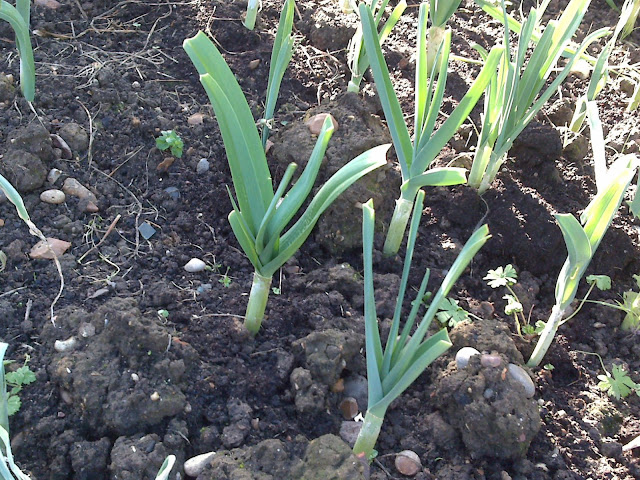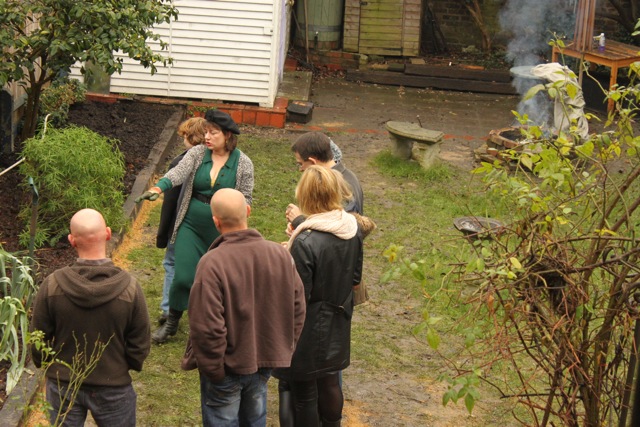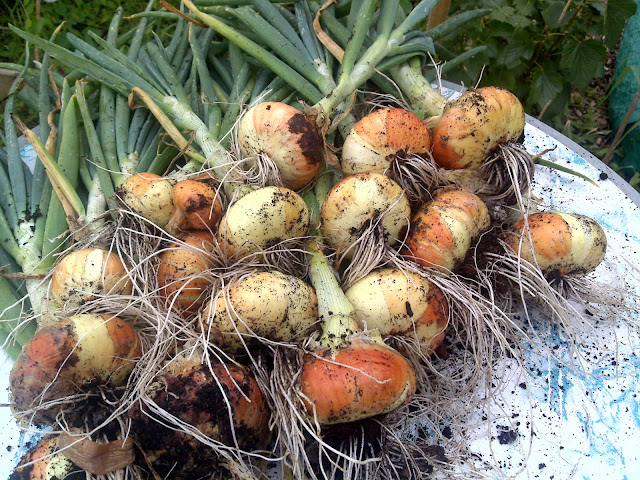The Secret Garden Club workshop on December 21 discussed planting, growing, harvesting storing and cooking with alliums.
Leeks
Garlic
Garlic is grown by planting individual cloves in the ground. These develop and mature as bulbs made up of many cloves themselves. Folklore has it that you should plant your garlic out on the shortest day of the year and harvest it on the longest. The development of the garlic plant is affected by day length – the increasing hours of daylight stimulate the development of the bulb – so it makes sense to plant before the days start to get longer.
Onions and shallots
 Both onions and shallots should be planted out, base downwards, so that just the tip is visible above the soil surface. Unfortunately, birds seem to find these tips irresistible and will pick them out of the ground. The don’t eat the sets, but leave them lying around.
Both onions and shallots should be planted out, base downwards, so that just the tip is visible above the soil surface. Unfortunately, birds seem to find these tips irresistible and will pick them out of the ground. The don’t eat the sets, but leave them lying around.Onion and shallot problems
These are not usually troublesome, usually a low-maintenance crop apart from the weeding.
Problems with leeks
 |
| These leeks were trimmed to cut out evidence of leek moth and regrew quite happily. |
Allium folklore – true or false?
True-ish. You should plant onions around your carrot crops to deter carrot fly. This is known as companion planting and many people swear by it. Be aware though that the distinctive allium smell may also attract its own pest, the onion fly.
Egyptian walking onions
There are sweet onions which can be eaten raw, like an apple. You can buy them in the UK – Sainsbury’s stocks them in their Taste The Difference range – but it is the Americans who are the connoisseurs of sweet onions and who selectively breed many varieties of onion specifically for their high water and sugar content.
You’ll know the smell of this – it’s that gorgeous green garlic aroma you get in damp woodlands in springtime. Wild garlic has no fat bulb – you eat the leaves which have a distinct but mild garlicky taste. It’s a seasonal treat only and can be tricky to cultivate, although once it’s established it will spread very easily.








Leave a Reply